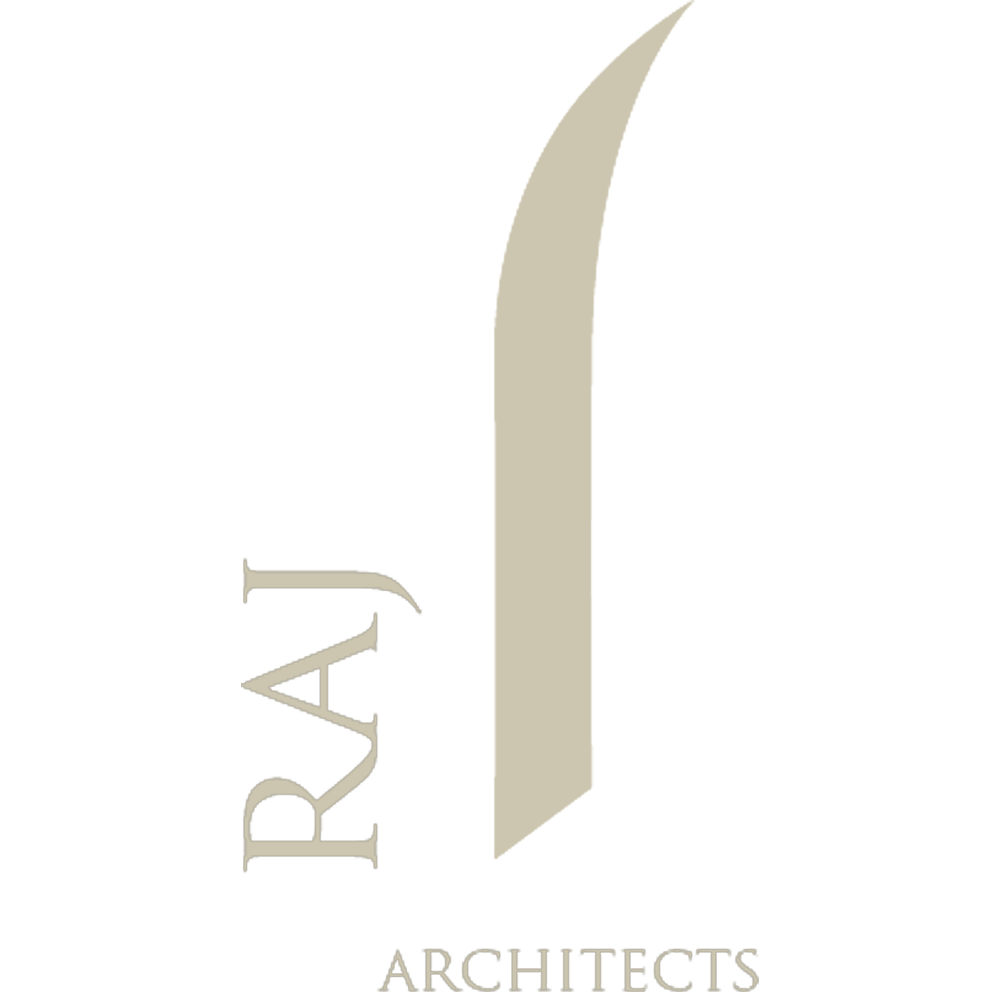The design of the workplace plays a vital role in shaping the way employees behave and perform in the office. It is no longer just about creating a functional space but also a space that supports the overall well-being and productivity of employees. The modern office is designed to create an environment that encourages collaboration, creativity, and innovation while also promoting a sense of community and well-being. In this article, we will explore the concepts of office architecture and how they affect human behavior.
Natural Light and Biophilic Design
Natural light is an essential element in any office design. It helps to regulate the body’s natural circadian rhythm, which affects our sleep patterns and overall health. Exposure to natural light during the day can improve mood, energy levels, and overall well-being. Biophilic design is another concept that focuses on incorporating natural elements into the workplace. It involves integrating plants, natural textures, and materials into the design to create a more relaxing and calming atmosphere.
Studies have shown that access to natural light and views of nature can increase productivity and creativity while reducing stress levels. A study by the American Society of Interior Designers (ASID) found that exposure to natural light was the most desired feature in office design, followed by views of nature and access to outdoor spaces.
Open Space vs. Private Space
The debate between open space and private space has been a long-standing one in office design. Open spaces promote collaboration and communication, while private spaces provide a sense of privacy and focus. The challenge is to find a balance that works for the organization and its employees. Open spaces can be noisy and distracting, while private spaces can be isolating and unproductive.
Research has shown that open spaces can improve communication and collaboration, but they can also lead to distractions and decreased productivity. In contrast, private spaces can improve concentration and focus, but they can also limit communication and collaboration. The key is to design a space that provides a balance between open and private spaces, depending on the organization’s needs and the nature of the work.
Ergonomics
Ergonomics refers to the study of the design of equipment and furniture in the workplace that is intended to reduce the risk of injury or discomfort. A well-designed ergonomic workspace promotes better posture, reduces fatigue, and improves overall well-being. It can also reduce the likelihood of repetitive strain injuries, which are common in office environments.
An ergonomic workspace can improve productivity by reducing physical strain and discomfort, which can lead to increased motivation and engagement. Additionally, it can reduce absenteeism and turnover rates, as employees are less likely to experience work-related injuries or discomfort. The best way to get an ergonomic workplace is by speaking to architects who can help you out.
Color Psychology
Color has a powerful impact on human behavior and can influence mood, energy levels, and productivity. The use of color in the workplace can affect how employees feel and behave. Blue is often used to promote calmness and focus, while yellow is associated with creativity and optimism.
According to the best architects, the right color scheme can create a welcoming and comfortable environment for employees. In addition to color psychology, the use of branding colors can help to create a cohesive and unified workspace that reflects the organization’s brand and values. For example, a tech company may use a bright and vibrant color scheme to reflect its innovative and creative culture.
Acoustics
Acoustics refer to the quality of sound in a space. Noise pollution in the workplace can be a significant source of stress and distraction for employees. As per top architects, the use of sound-absorbing materials, such as carpets, curtains, and acoustic panels, can help reduce noise levels and create a more comfortable working environment.
Conclusion
Overall office architecture concepts have a significant impact on human behavior in the workplace. The design of the workspace can affect employees’ mood, energy levels, productivity, and overall well-being. Incorporating natural light, biophilic design, ergonomic furniture, appropriate color psychology, and acoustics can help create a conducive work environment. It is essential to find a balance between open and private spaces to promote collaboration, communication, and focus. Ultimately, investing in the design of the workplace can lead to a happier, healthier, and more productive workforce.


